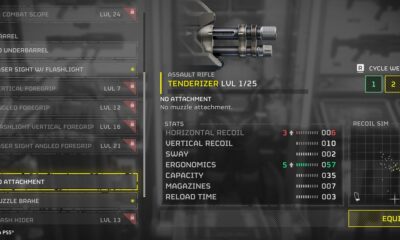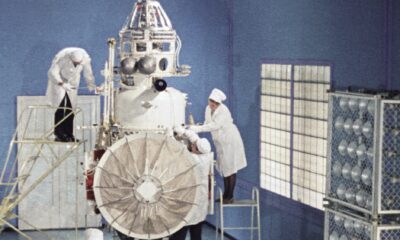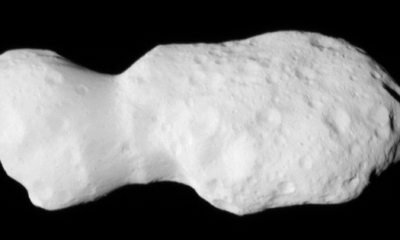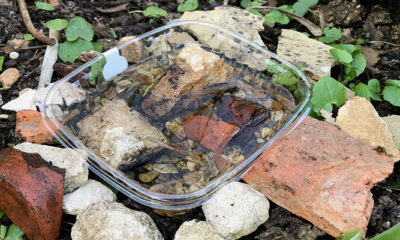Gadgets
14 gorgeous photos of Earth from above
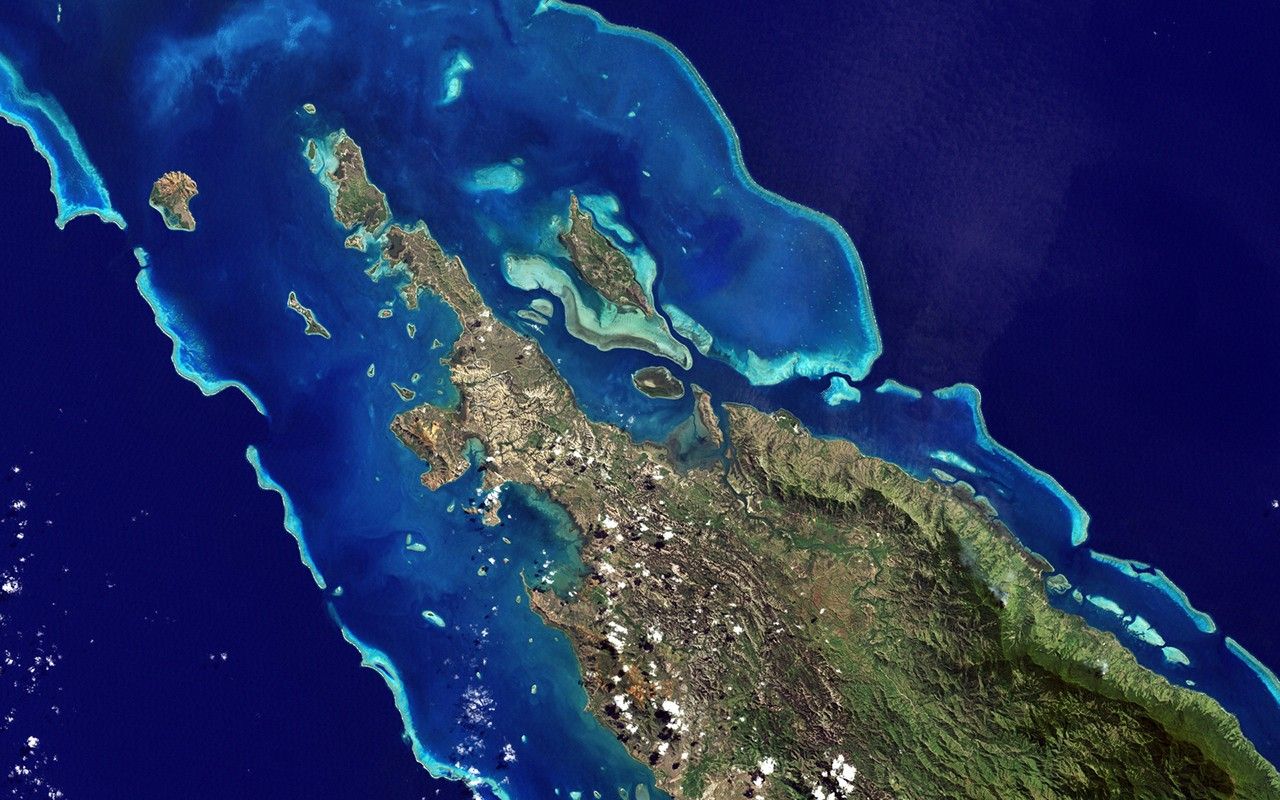
Located in the heart of the Iranian plateau, the Dasht-e Kavir, also known as the Great Salt Desert, ranks as the 24th largest desert on Earth. Its desolate sand dunes and surrounding mountain range present a striking and picturesque sight from ground level. However, a different perspective emerges when viewed from above. In 2000, the Landsat 7 satellite, operated by the US Geological Survey, captured a breathtaking image of the Dasht-e Kavir from a bird’s eye view.
Credit: NASA/USGS Landsat 7; NASA Earth Observatory
Aside from the Landsat 7 satellite, other spacecraft and astronauts aboard the International Space Station have captured stunning images of Earth from above. These images range from the landscapes of Georgia, USA, to the islands of New Caledonia in the South Pacific.

Unlike other blackwater rivers, the Suwannee maintains its inky color along its entire 400-kilometer (250-mile) journey to the sea. When the river finally meets the Gulf of Mexico along Florida’s Big Bend—that portion of coast where the state’s panhandle curves to meet its peninsula—its dark waters act like a tracer, revealing where the river water mixes with the sea.
That mixing was on display on February 20, 2015, when the Operational Land Imager on NASA’s Landsat 8 satellite captured this view.
Credit: NASA Earth Observatory image by Dr. Alice Alonso, using Landsat satellite data from the U.S. Geological Survey. Caption adapted from Laura Rocchio, NASA Landsat Science Outreach.

This image was acquired on August 4, 2002, by the Landsat 7 satellite.
Credit: USGS/NASA/Landsat 7

Win the Holidays with PopSci’s Gift Guides
Shopping for, well, anyone? The PopSci team’s holiday gift recommendations mean you’ll never need to buy another last-minute gift card.
Please rewrite this sentence. Please rewrite this sentence. Please rewrite this sentence for me.
-

 Destination8 months ago
Destination8 months agoSingapore Airlines CEO set to join board of Air India, BA News, BA
-

 Breaking News9 months ago
Breaking News9 months agoCroatia to reintroduce compulsory military draft as regional tensions soar
-

 Tech News12 months ago
Tech News12 months agoBangladeshi police agents accused of selling citizens’ personal information on Telegram
-

 Gadgets3 months ago
Gadgets3 months agoSupernatural Season 16 Revival News, Cast, Plot and Release Date
-

 Productivity11 months ago
Productivity11 months agoHow Your Contact Center Can Become A Customer Engagement Center
-

 Breaking News9 months ago
Breaking News9 months agoBangladesh crisis: Refaat Ahmed sworn in as Bangladesh’s new chief justice
-

 Gadgets2 weeks ago
Gadgets2 weeks agoFallout Season 2 Potential Release Date, Cast, Plot and News
-

 Toys11 months ago
Toys11 months ago15 of the Best Trike & Tricycles Mums Recommend

